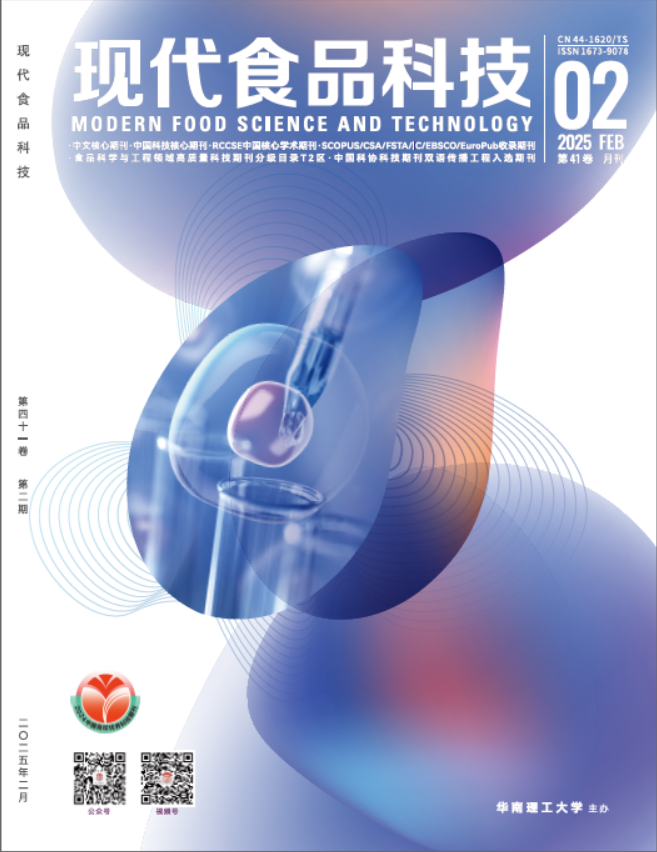2013, 29(5):1163-1165.
Abstract:
A method of microwave digestion-ICP/MS was established to determinate 8 kinds of trace element in mussel and bighead tissue. The sample was added with HNO3+H2O2 (3+1) after microwave digestion before ICP-MS determination. The introduction of Ge, In, Bi, Sc as internal standard substance can avoid spectral interferences, and the parameters of the apparatus was optimized. The detection limits of Fe, Cu, Zn, Mn, Cd, Pb, As and Hg were 2.3, 0.5, 1.1, 0.4, 0.6, 0.5, 1 and 1.8 μg/L, respectively, with the correlation coefficient higher than 0.9993. The recovery rate and relative standard deviation were 80.4~101.2% and less than 6.29%, respectively. The analysis of Lamprotula leai samples showed that Lamprotula leai was rich in Fe, Zn. However, several potentially harmful elements, such as Pb, Cd and Hg were also exist in the samples.

